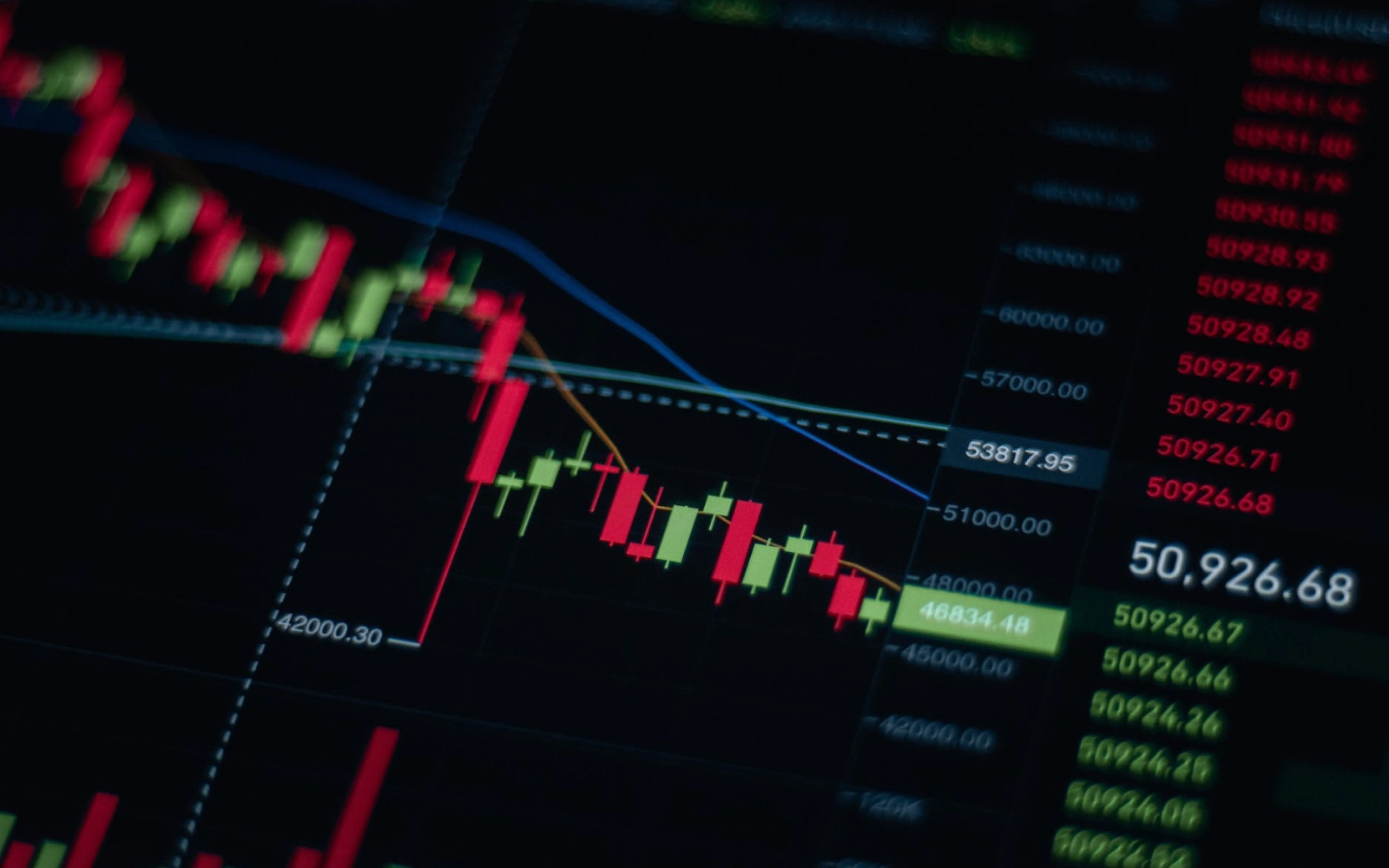Do you know what’s the backbone of every retail strategy? Consumers of course! Only modern forecasting tools provide precise and accurate data about consumer behavior, buying patterns, market trends, potential shifts in sales, historical sales and a lot more. This detailed study enables retailers to get closer to their consumer base and determine their next move.
Learn how to transform your retail strategy with modern demand forecasting tools. Let’s get started!
Tools for Demand Forecasting: Elevating Retail Strategies
The integration of advanced tools for demand forecasting represents a monumental shift in the retail sector. These tools harness the power of big data, analytics, and machine learning to offer insights far beyond the reach of traditional forecasting methods. By accurately predicting customer demand, they enable retailers to optimize inventory, reduce waste, and enhance customer satisfaction. The value of these tools lies in their ability to analyze complex data sets, identifying patterns and trends that inform more accurate demand predictions.
In contrast to the guesswork and intuition that once guided inventory decisions, modern demand forecasting tools provide a data-driven approach. This shift not only increases the accuracy of predictions but also brings consistency and reliability to the process. Retailers now anticipate market changes with greater confidence and adjust their strategies in real-time to align with evolving consumer preferences. This level of precision is critical in a competitive retail landscape where even minor miscalculations can lead to significant losses.
The adoption of these forecasting tools marks a significant upgrade in operational efficiency. Accurate predictions of consumer demand ensure retailers make available the right products at the right time. This efficiency reduces the risk of stockouts or excess inventory, both of which can be costly. Furthermore, these tools enable more targeted marketing and promotional strategies, as retailers gain a clearer understanding of what drives customer demand.
Despite their sophistication, these tools are designed for ease of use, making advanced demand forecasting accessible to a broader range of retailers. They democratize the use of big data, allowing even smaller retailers to compete effectively with larger counterparts. By leveraging these tools, retailers of all sizes can make more informed decisions, adapting quickly to market shifts and customer needs. This accessibility underscores the transformative impact of modern demand forecasting tools in the retail sector.
Navigating Market Dynamics with AI Forecasting Software
Demand forecasting in retail is a critical component of strategic planning, directly influencing inventory management, pricing, and marketing decisions. In today’s dynamic market, the ability to accurately predict consumer demand is more important than ever. Retailers face a multitude of challenges, including fluctuating market trends, changing consumer preferences, and economic uncertainties. Effective demand forecasting helps navigate these complexities by providing insights that guide decision-making.
The process of demand forecasting in retail involves analyzing historical sales data, market trends, and consumer behavior to predict future demand. This analysis is crucial for determining the optimal inventory levels, avoiding both overstock and understock situations. Accurate forecasting ensures that retailers can meet customer demand without tying up excessive capital in unsold inventory. It also plays a vital role in planning promotions and pricing strategies, directly impacting profitability.
However, the traditional methods of demand forecasting often fall short in today’s fast-paced retail environment. They typically rely on simplistic models and historical data, which may not accurately reflect current market realities. This is where modern forecasting tools, with their advanced algorithms and data analytics capabilities, offer a significant advantage. They provide a more nuanced and real-time understanding of market conditions, enabling retailers to make more agile and informed decisions.
Furthermore, demand forecasting in retail is not just about predicting quantities; it’s also about understanding customer preferences and behaviors. Modern tools incorporate customer data and insights, allowing retailers to tailor their offerings and marketing strategies more effectively. This customer-centric approach not only improves demand forecasts but also enhances the overall shopping experience, fostering customer loyalty and driving long-term success.
AI Demand Planning: A Strategic Advantage in Retail
AI demand planning is transforming the retail industry by introducing a level of precision and foresight previously unattainable with traditional methods. By incorporating artificial intelligence into the forecasting process, retailers gain a strategic advantage, enabling them to anticipate and adapt to market changes swiftly. AI algorithms analyze vast amounts of data, including historical sales, market trends, and consumer behavior, to generate accurate and detailed demand forecasts.
This advanced approach to demand planning allows retailers to make data-driven decisions about inventory management, pricing, and marketing. By accurately predicting future demand, AI demand planning helps retailers maintain optimal inventory levels, reducing the risks associated with overstocking or understocking. This efficiency not only minimizes costs but also ensures that customers find the products they want when they want them, enhancing customer satisfaction and loyalty.Moreover, AI demand planning is not static; it continuously learns and adapts. As it processes more data, its forecasts become increasingly accurate and reliable. This adaptive learning capability is crucial in a retail landscape where trends and consumer preferences are constantly evolving. Retailers can stay ahead of the curve, adjusting their strategies in real-time to capitalize on emerging opportunities or mitigate potential risks.
Moreover, AI demand planning is not static; it continuously learns and adapts. As it processes more data, its forecasts become increasingly accurate and reliable. This adaptive learning capability is crucial in a retail landscape where trends and consumer preferences are constantly evolving. Retailers can stay ahead of the curve, adjusting their strategies in real-time to capitalize on emerging opportunities or mitigate potential risks.
Another significant advantage of AI demand planning is its ability to identify subtle patterns and correlations that might go unnoticed by human analysts. It can, for instance, predict how external factors like weather, economic conditions, or social trends will impact demand. This level of insight enables retailers to be proactive rather than reactive, crafting strategies that align closely with market dynamics. AI demand planning thus becomes a cornerstone of a smart, responsive retail operation.
AI Demand Forecasting: Revolutionizing Retail Decision-Making
AI demand forecasting is revolutionizing the retail industry by offering not just predictions, but insights that drive strategic decision-making. This technology goes beyond traditional forecasting methods, providing a deep understanding of market dynamics and consumer behavior. Retailers leveraging AI forecasting software can make more informed decisions, leading to improved profitability and market competitiveness.
One of the key benefits of AI demand forecasting is its ability to process and analyze large volumes of data quickly and accurately. This capability is crucial in today’s data-rich retail environment, where decisions need to be based on a comprehensive analysis of market trends, sales patterns, and consumer preferences. AI forecasting software can sift through this data, identifying relevant patterns and insights that inform more accurate demand predictions.Moreover, AI demand forecasting enables retailers to respond quickly to changing market conditions. The software can update forecasts in real-time, reflecting new data as it becomes available. This agility is a significant advantage in a fast-paced retail environment, where the ability to pivot quickly can mean the difference between capturing market opportunities and falling behind competitors.
Moreover, AI demand forecasting enables retailers to respond quickly to changing market conditions. The software can update forecasts in real-time, reflecting new data as it becomes available. This agility is a significant advantage in a fast-paced retail environment, where the ability to pivot quickly can mean the difference between capturing market opportunities and falling behind competitors.
Another important aspect of AI demand forecasting is its predictive accuracy. By leveraging advanced algorithms and machine learning techniques, AI forecasting software can make more accurate predictions than traditional methods. This accuracy is critical for efficient inventory management, ensuring that retailers have the right products in the right quantities at the right time. It also helps in optimizing pricing and promotional strategies, maximizing revenue and profitability.
💡Fact
Did you know the AI retail market size is expected to surge to $29.45 billion by 2028, up from $7.80 billion in 2023?
Utilize Demand Forecasting in Retail
As stated above, modern tools of demand forecasting are not just theoretical concepts; they have real-world implications that transform how retailers operate and interact with their market. Let’s study some use cases where data utilization has positively impacted a retail strategy.
Seasonal Product Optimization
A home and garden retailer faced challenges with seasonal products like gardening tools and holiday decorations. Utilizing AI demand forecasting, they analyzed historical sales data, weather patterns, and economic indicators to predict seasonal demand more accurately. This enabled them to adjust their inventory in advance, ensuring the right products were available at the right time, leading to improved sales and reduced end-of-season markdowns.
Customized Inventory for Regional Markets
A national clothing chain used AI demand forecasting to tailor its inventory to different regional markets. By analyzing local fashion trends, climate variations, and regional sales history, they were able to stock stores with products that resonated with the local customer base. This strategy resulted in a notable increase in customer satisfaction and sales performance in individual stores.
Demand Prediction for New Product Launches
An electronics retailer leveraged AI demand forecasting for new product launches. By examining data from similar previous launches, current market trends, and online consumer engagement, they were able to accurately predict demand for new products. This foresight helped retailers manage their supply chain effectively, ensuring a successful launch with minimal stock issues.
Dynamic Supply Chain Adjustment in Crisis Situations
During a global supply chain crisis, a multinational grocery retailer utilized AI demand forecasting to navigate inventory challenges. They analyzed real-time data from various sources, including global news and supplier updates, to predict potential disruptions. This proactive approach allowed retailers to adjust their orders and logistics accordingly, ensuring steady product availability despite the challenging circumstances.
These scenarios illustrate the practical applications and benefits of precision and accuracy in demand forecasting. By leveraging AI and data analytics, retailers can make informed decisions that significantly impact their operations, customer satisfaction, and overall business performance.
A Major Leap With AI Demand Planning
AI demand forecasting represents a major leap forward for the retail industry. By providing more accurate and timely insights, it enables retailers to make smarter decisions, adapt more quickly to market changes, and achieve better results. As the technology continues to evolve, its impact on the retail landscape is poised to grow, solidifying its role as a key driver of retail success.
Frequently Asked Questions
Q. Why is it essential to focus on accurate prediction of demand forecasting in retail?
A. Accurate demand forecasting is critical for retailers to align inventory with consumer needs, avoiding costly overstocking or frustrating stockouts. It empowers retailers to swiftly adapt to market trends, enhancing customer satisfaction and driving sales.
Q. Is AI demand planning capable of predicting emerging market trends?
A. Yes, AI demand planning adeptly predicts market trends by analyzing sales data, customer behavior, and external factors, enabling retailers to proactively adapt their offerings and stay competitive.
Q. How is AI forecasting software reshaping the future of personalized shopping experiences in retail?
A. AI forecasting software leverages consumer data to tailor shopping experiences and predicting individual preferences, thereby enabling retailers to offer personalized product recommendations and targeted promotions, enhancing customer engagement and loyalty.
Take the Next Step
Take your retail business to new levels of success with consumer demand analytics that doesn’t just inform, but inspires action. Adapt strategies in real time and make decisions that lead to better outcomes.
Impact Analytics ForecastSmart™—Take advantage of advanced machine learning algorithms to generate precise forecasts for every SKU, at any store, style, or hierarchy level, throughout every lifecycle.





